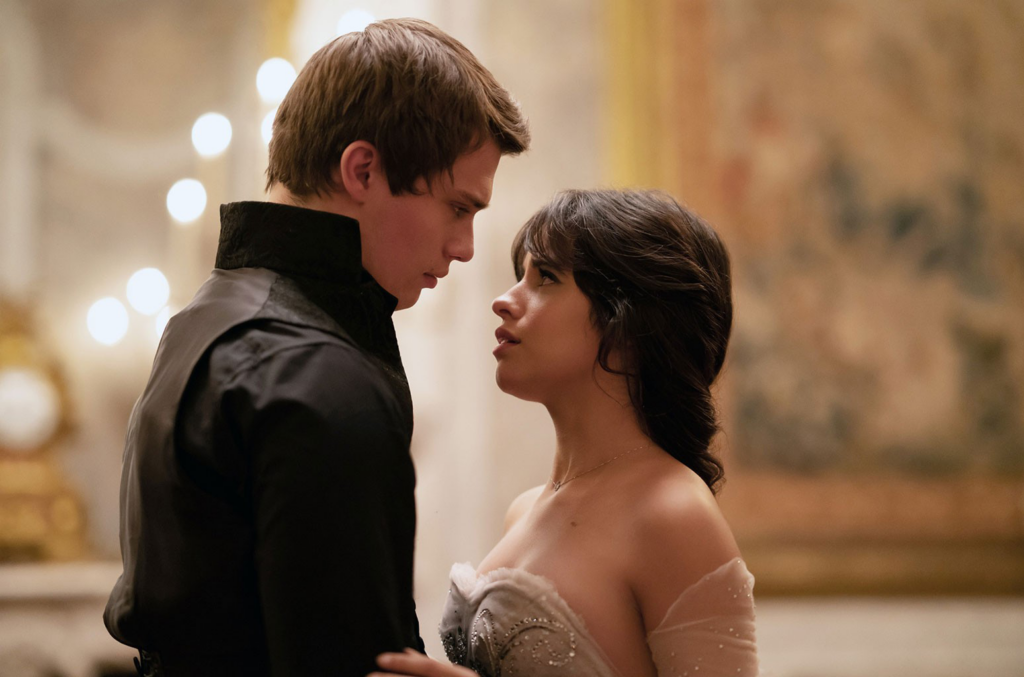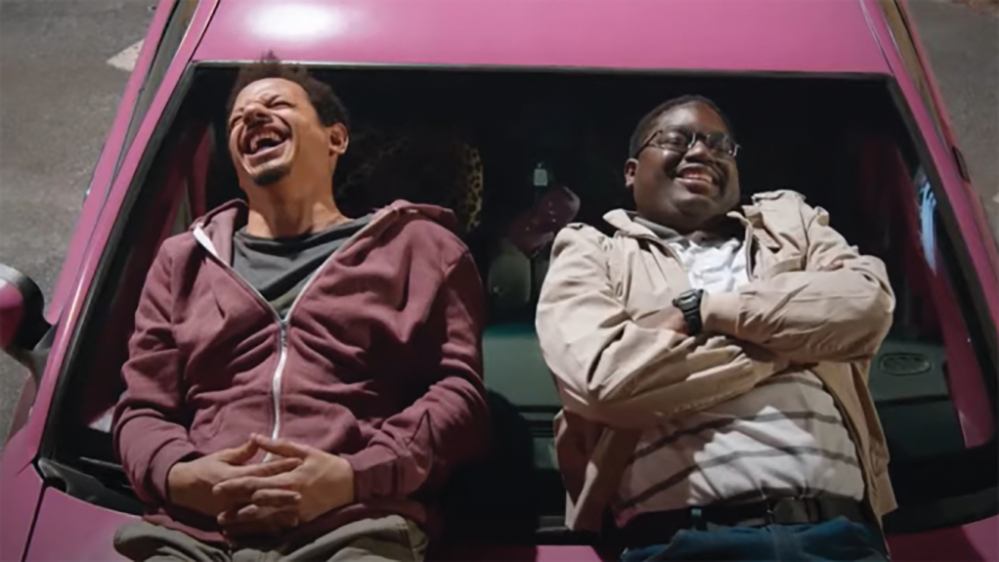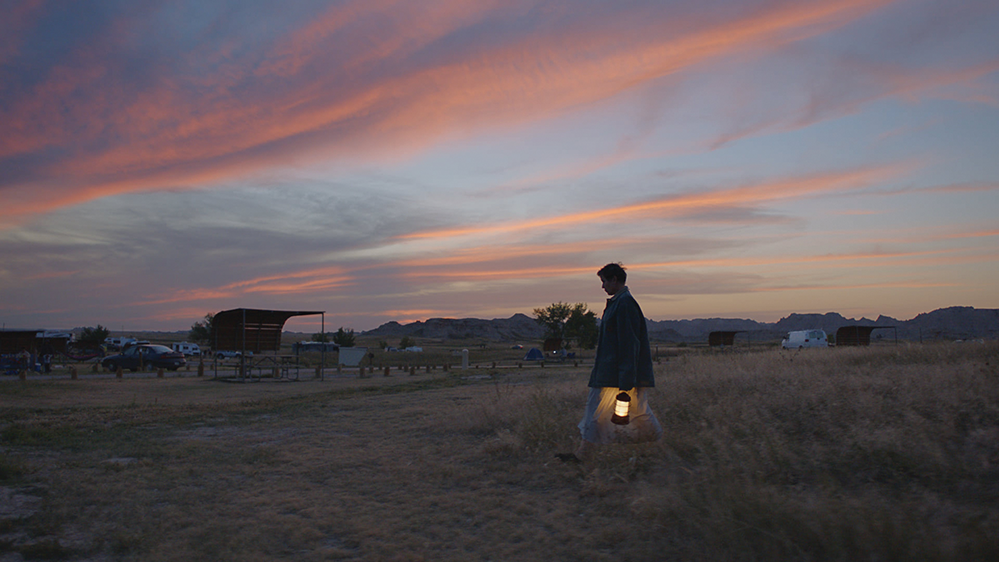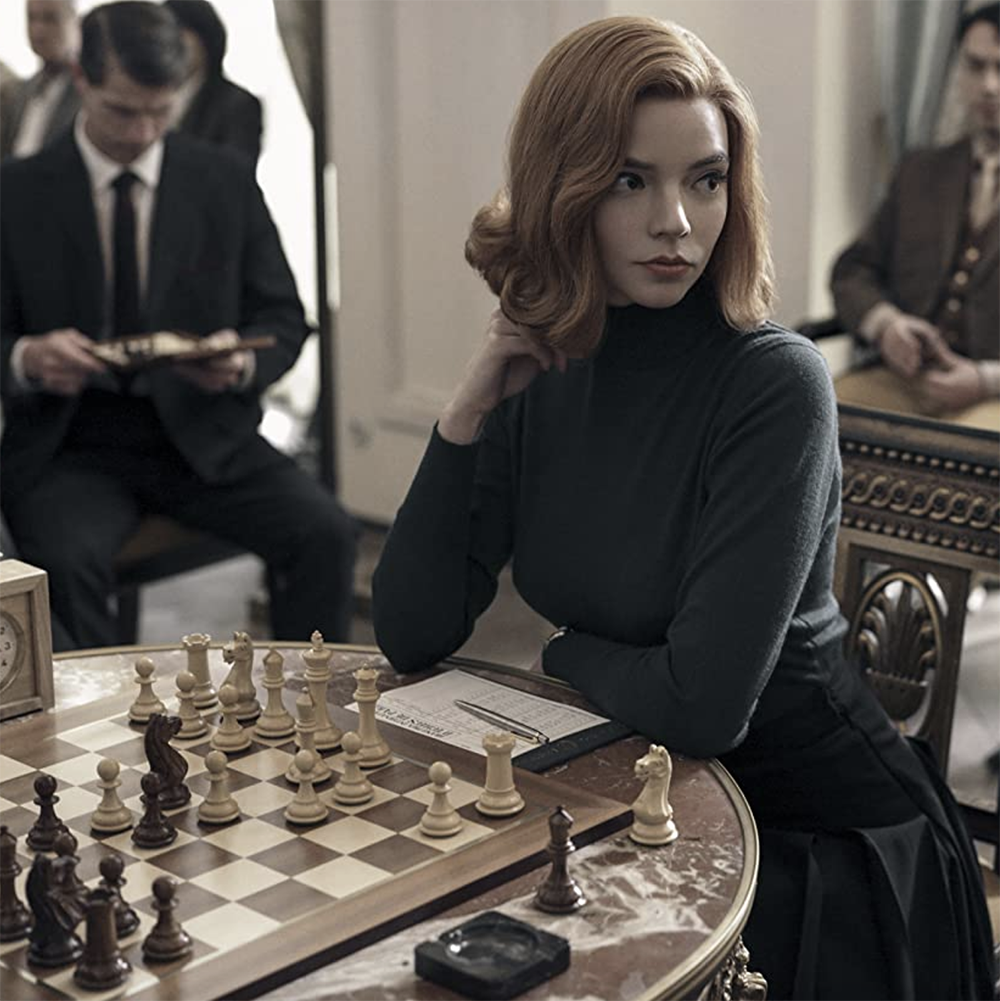★★★☆☆
English theater director Trevor Nunn transitions from his usual work on the stage to directing the British political drama “Red Joan.” The basis of this historical tale of intrigue is Jennie Rooney’s 2013 novel by the same name. It chronicles the true story of Melita Norwood, a former KGB agent who admitted to and defended her espionage in 1999.
With a plot that jumps between past and present seamlessly, “Red Joan” weaves in the historical background that creates an immersive and believable picture of the United Kingdom during World War II. Despite its worldbuilding, though, the film fails to capitalize on the tension present in its source material.
The film starts in present-day England with Joan Stanley (Judi Dench) being arrested at her home by the British Secret Service for exposing confidential information to the KGB regarding the development of the atomic bomb during World War II.
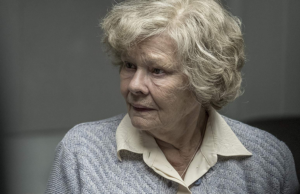
As two British agents interrogate Joan, the movie unfolds the story of her time at the University of Cambridge as a physics major, where she becomes close to the on-campus, underground, communist organization leader Leo Galich (Tom Hughes).
Through these political connections and her physics background, Joan leaks research regarding the development of the atomic bomb given to her by professor Max Davis (Stephen Campbell Moore).
Instead of Joan simply recounting how she helped the KGB during World War II, the film reimagines a younger Joan (Sophie Cookson) during her time at Cambridge, reliving the precise details of her espionage. By using different settings and actors, the interconnected stories build on each other while still developing two distinct cinematic worlds.
The film stays rooted in the fact that its narrator is recalling lived moments rather than static historical events by showing sincere moments in which Joan still feels conflicted about her past decisions.
This technique of delivering Joan’s story by switching between the 1940s and the present day directly compares the political climate of both time periods and the tense, complicated alliances that the politics of each era created.
Furthermore, this presentation of Joan’s conspiracy interweaves during World War II. The film, by sharing Joan’s specific circumstances that led her to spying, attempts to tackle the conflict between national loyalty and personal convictions.
Although Joan is labeled treasonous by the British secret agents and even by her son Nick (Ben Miles), a lawyer, she insists that no one today could have the slightest idea of how things were during World War II and explains why she had to make the choices that led up to her arrest in the present.
The film spends much of its runtime humanizing someone labeled a criminal and justifying Joan’s motives to share the confidential British intel with the KGB, but its hurried execution stops the character development in its tracks.
However, the film fails to end on a thematically unifying note and rushes to tie up every loose end instead of offering a final meditation on the film’s intersecting themes. “Red Joan” loses its momentum and messes up the pacing it had honed until this point, thus letting down the otherwise solid performances by the cast.
The film’s quick ending disrupts the tension it had built and leaves both storylines feeling underdeveloped and incomplete. The dynamics of the relationship between the state and its populace fizzle out, and neither story provides a fleshed-out, coherent message for audiences to grapple with as they leave the theater.
“Red Joan” offers an intriguing look at the politics of loyalty throughout the past 70 years of British history by effectively including the historical background and atmosphere of World War II.
Nevertheless, the film’s jarring, disconnected ending restrains it from being heralded as the thoughtful and complex political drama it could have been.














